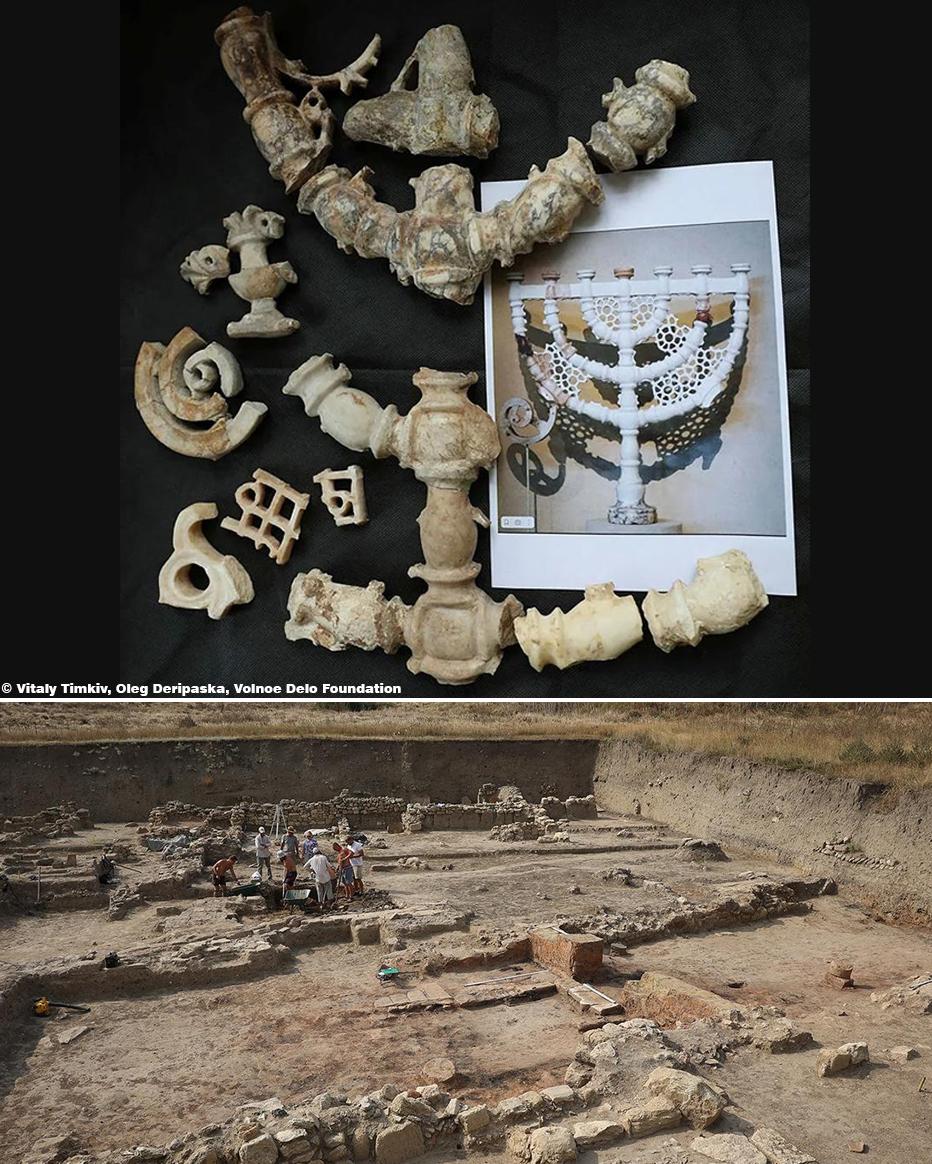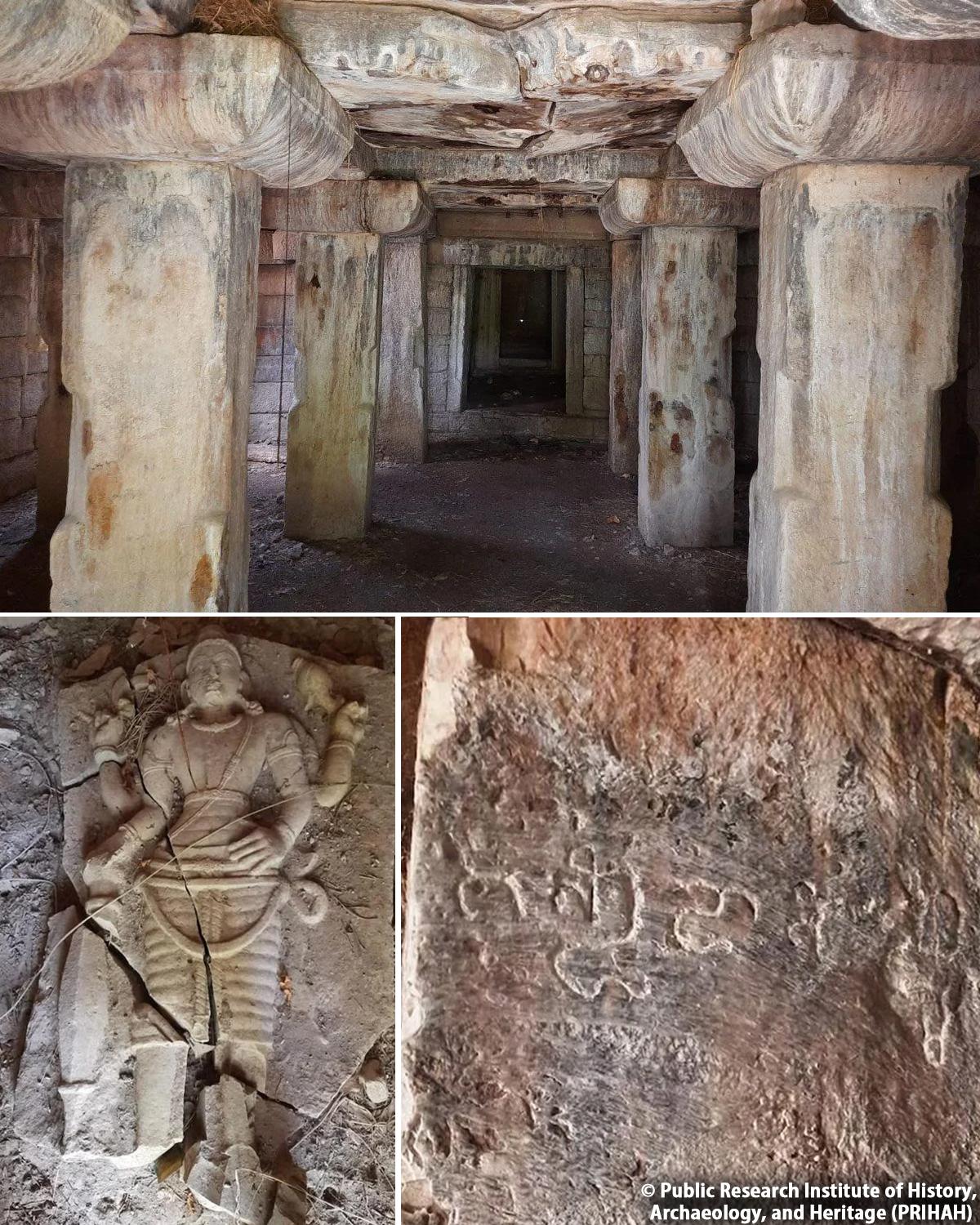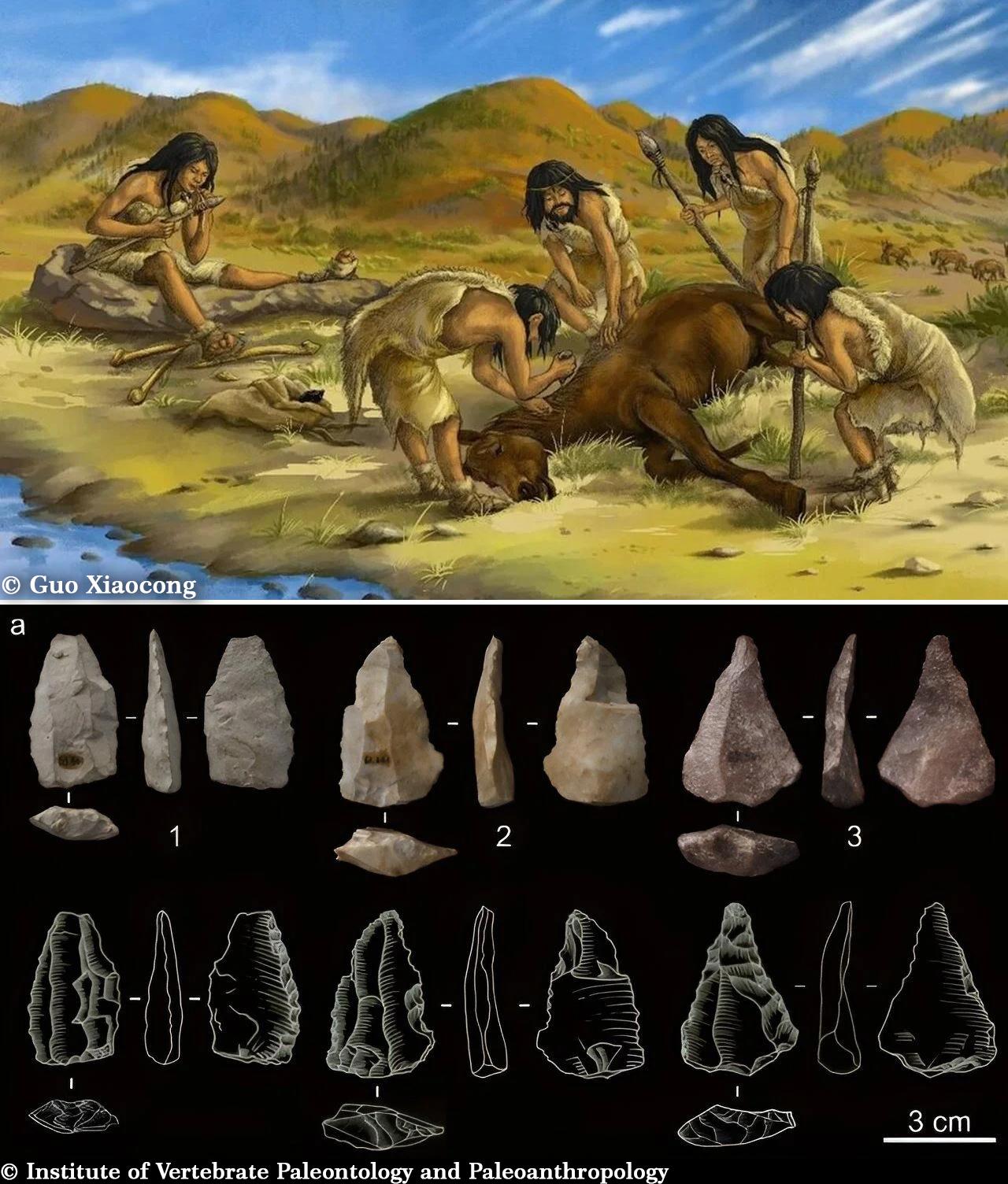In the hallowed halls of the Neues Museum, nestled in the heart of Berlin, lies a treasure from ancient Egypt—an enigmatic artifact known as the Amarna Princess. Believed to be the daughter of the iconic Queen Nefertiti and the revolutionary Pharaoh Akhenaten, this exquisite sculpture offers a rare glimpse into the splendor and intrigue of the late 18th Dynasty during the reign of Akhenaten, circa 1353-1336 B.C.
A Royal Legacy Unearthed
In the hallowed halls of the Neues Museum, nestled in the heart of Berlin, lies a treasure from ancient Egypt—an enigmatic artifact known as the Amarna Princess. Believed to be the daughter of the iconic Queen Nefertiti and the revolutionary Pharaoh Akhenaten, this exquisite sculpture offers a rare glimpse into the splendor and intrigue of the late 18th Dynasty during the reign of Akhenaten, circa 1353-1336 B.C. Join me as we embark on a journey through time to unravel the mysteries surrounding this captivating figure and her illustrious lineage.

Body: The Tale of the Amarna Princess
A Royal Lineage: The Amarna Princess is believed to be the daughter of two of ancient Egypt's most iconic figures—Queen Nefertiti and Pharaoh Akhenaten. Nefertiti, renowned for her beauty and grace, was the Great Royal Wife of Akhenaten, the revolutionary ruler who sought to establish a monotheistic religion centered around the sun god, Aten. Together, they ushered in a period of radical artistic and religious experimentation known as the Amarna Period, which left an indelible mark on Egyptian history and culture.
Exquisite Artistry: The sculpture of the Amarna Princess is a testament to the exquisite artistry of ancient Egyptian craftsmen. Carved from limestone, the statue depicts a young girl adorned with elaborate jewelry and a headdress adorned with the uraeus—a symbol of royalty. Her serene expression and graceful posture reflect the elegance and poise befitting her royal lineage, while the intricate details of her attire and accessories attest to the skill and precision of the sculptor's hand.
Symbolism and Significance: The Amarna Princess holds a significant place in Egyptian history and iconography, serving as both a symbol of royal lineage and a representation of the ideals and values of the Amarna Period. Her portrayal reflects the artistic conventions of the time, characterized by elongated features and exaggerated proportions, which were intended to convey a sense of divine beauty and transcendence. As a member of the royal family, she would have played a pivotal role in the religious and ceremonial life of the court, embodying the ideals of beauty, grace, and power.
A Legacy Preserved: The discovery of the Amarna Princess provides a rare glimpse into the lives and culture of ancient Egypt's ruling elite. As one of the few surviving artifacts from the Amarna Period, she serves as a tangible link to a pivotal moment in Egyptian history—a time of upheaval and transformation. Through her delicate features and regal demeanor, she invites us to reflect on the enduring legacy of the pharaohs and queens who once ruled over the Nile Valley, shaping the course of civilization for generations to come.
Conclusion: Honoring Ancient Royalty
The Amarna Princess stands as a testament to the enduring allure and fascination of ancient Egypt—a civilization that continues to captivate the imagination of people around the world. As we marvel at her beauty and elegance, let us also pay tribute to the pharaohs and queens who ruled over the land of the Nile, leaving behind a legacy of art, culture, and innovation that has stood the test of time. Through artifacts such as the Amarna Princess, we are reminded of the rich tapestry of human history and the profound impact of ancient civilizations on the world we inhabit today.
Ancient Discoveries: Insights from the Past
The discovery of the Amarna Princess is just one of many ancient treasures waiting to be unearthed and explored. From the pyramids of Giza to the temples of Luxor, each archaeological find offers a window into the lives and cultures of our ancestors, enriching our understanding of human history and heritage. As we continue to uncover the secrets of the past, let us approach each discovery with reverence and curiosity, recognizing the profound lessons they have to teach us about the resilience, creativity, and diversity of the human experience.










